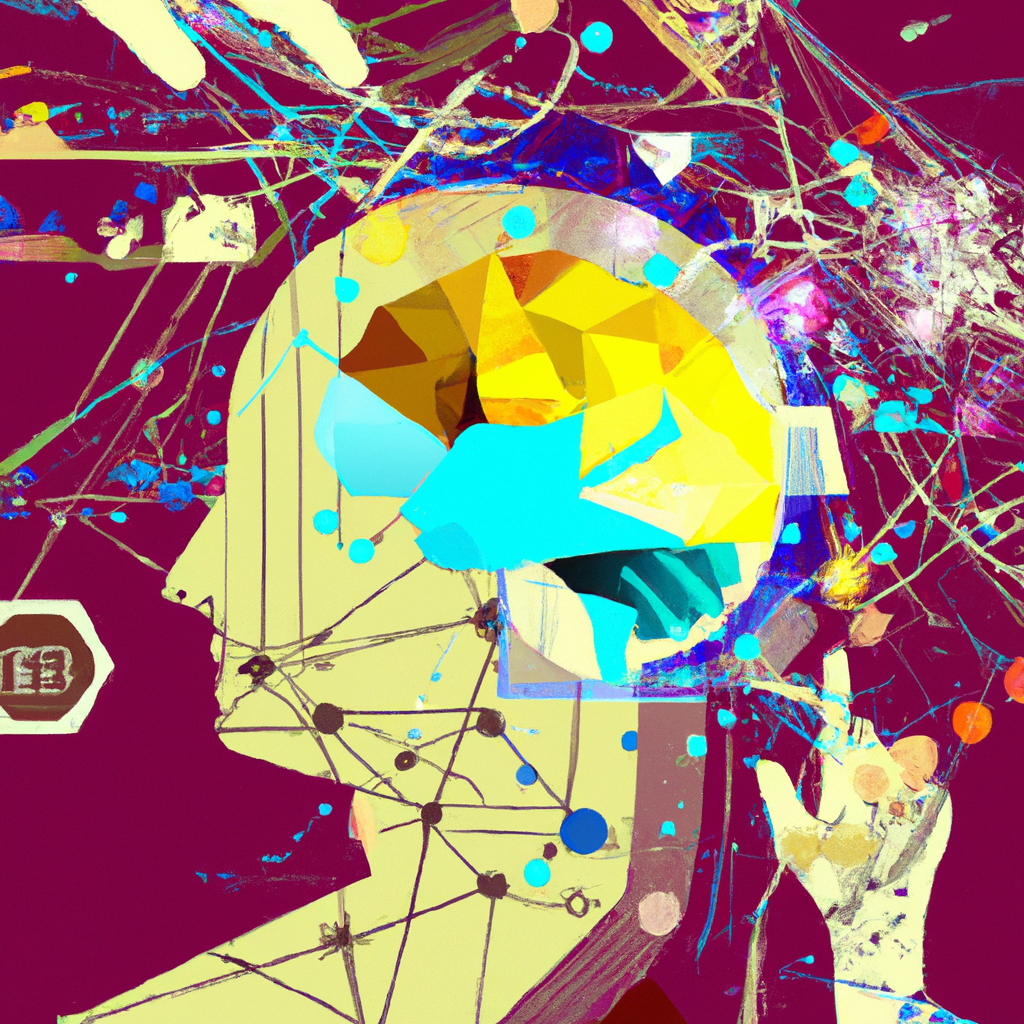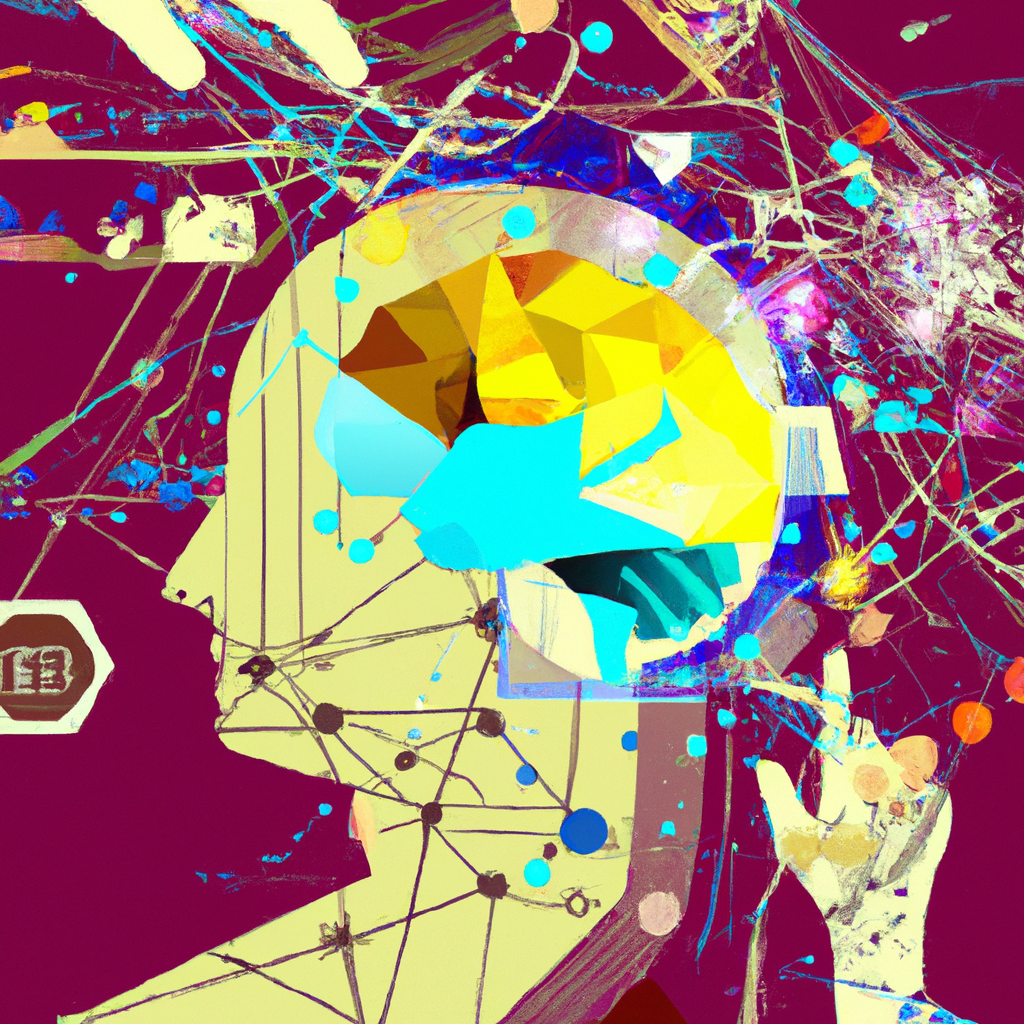Have you ever wondered about the mystery behind AI? The fascinating world of artificial intelligence has taken the world by storm, revolutionizing various industries with its incredible capabilities. From self-driving cars to personalized recommendations, AI has become an integral part of our lives. But how does it actually work? In this article, we will uncover the inner workings of AI and shed light on its complex algorithms and processes that allow machines to learn and make intelligent decisions. Get ready to explore the captivating realm of AI and discover the secrets behind its astounding success.
How Does AI Work?
Artificial Intelligence: An Overview
Artificial Intelligence (AI) refers to the simulation of human intelligence in machines that are capable of performing tasks and making decisions that typically require human intelligence. AI works by using complex algorithms to analyze and interpret vast amounts of data, allowing machines to learn, reason, and make predictions or decisions. It comprises various subfields, including machine learning, natural language processing, computer vision, and robotics.
Machine Learning: The Core of AI
Machine learning is the fundamental branch of AI that enables machines to learn from data and improve their performance on specific tasks without being explicitly programmed. The process involves training an algorithm on a large dataset, allowing it to identify patterns, make predictions, or take actions based on the data. Machine learning algorithms are designed to adapt and improve over time as they are exposed to more data, allowing machines to become increasingly accurate and efficient in their actions.

Different Approaches to AI
AI encompasses several different approaches or paradigms, each with its own techniques and algorithms. These approaches include supervised learning, unsupervised learning, reinforcement learning, and deep learning. Each approach has its own strengths and applications, contributing to the overall capabilities of AI systems.
Supervised Learning: Teaching Machines
Supervised learning is a common approach in AI, where machines are trained on labeled data to understand the relationship between input data and desired outputs. In this process, a machine learning model is provided with a dataset where both the input and the correct output are known. The model learns to generalize from these examples and can then apply its knowledge to new, unseen data to make predictions or classification. Supervised learning is widely used in areas such as image recognition, speech recognition, and email filtering.

Unsupervised Learning: Machines Discovering Patterns
Unsupervised learning is another approach to AI, where machines learn from unlabeled data without any predetermined outputs. Instead of being guided by labels, the algorithm’s objective is to discover patterns or useful representations within the data on its own. Unsupervised learning can be used for tasks such as clustering, where similar data points are grouped together, or for anomaly detection, where the algorithm identifies unusual patterns in the data.
Reinforcement Learning: Machines Learning from Experience
Reinforcement learning is a paradigm rooted in behavioral psychology, where machines learn through trial and error and receive rewards or penalties based on their actions. In this approach, an agent interacts with an environment and learns to maximize its cumulative reward over time. Through repeated interactions, the agent discovers the most optimal actions to achieve its goals. Reinforcement learning has been successfully applied to various tasks, including game playing, robotics, and autonomous vehicle control.
Deep Learning: A Subset of Machine Learning
Deep learning is a subset of machine learning that focuses on artificial neural networks, inspired by the structure and functioning of the human brain. These networks are composed of multiple layers of interconnected nodes, or neurons, which process and transform input data to produce desired outputs. Deep learning has gained significant attention and success in recent years, particularly in areas such as image recognition, natural language processing, and speech synthesis, where it has achieved remarkable accuracy and performance.
Natural Language Processing: Enabling AI to Understand Human Language
Natural Language Processing (NLP) is a branch of AI that enables machines to understand and process human language in a way that is meaningful and useful. NLP algorithms analyze and interpret textual data, allowing machines to generate human-like responses, extract important information, or perform tasks such as sentiment analysis or machine translation. NLP has applications in virtual assistants, chatbots, language translation, and text summarization, among others.
Computer Vision: Teaching AI to ‘See’
Computer vision is an area of AI that focuses on enabling machines to interpret and understand visual information from images or videos. By using algorithms that mimic human visual perception, computer vision systems can recognize objects, detect faces, identify patterns, and even determine spatial relationships. Computer vision finds applications in autonomous vehicles, surveillance systems, image recognition, and augmented reality, among others.
AI Algorithms: Making Sense of Data
AI algorithms form the heart of AI systems, as they enable machines to make sense of the vast amounts of data they process. These algorithms are designed to process, analyze, and extract meaningful information from various types of data, such as numerical data, text, images, or videos. From decision trees and support vector machines to neural networks and deep learning architectures, AI algorithms provide the tools and techniques needed to tackle complex problems and make accurate predictions or decisions.
In conclusion, AI works by combining advanced algorithms and techniques from various subfields to enable machines to simulate human intelligence and perform tasks that traditionally require human intervention. Machine learning, including supervised, unsupervised, and reinforcement learning, forms the core of AI, allowing machines to learn from data and improve their performance over time. Additionally, subfields such as deep learning, natural language processing, computer vision, and AI algorithms further enhance the capabilities of AI systems. With continued advancements, AI has the potential to transform industries and revolutionize the way we live and work.
